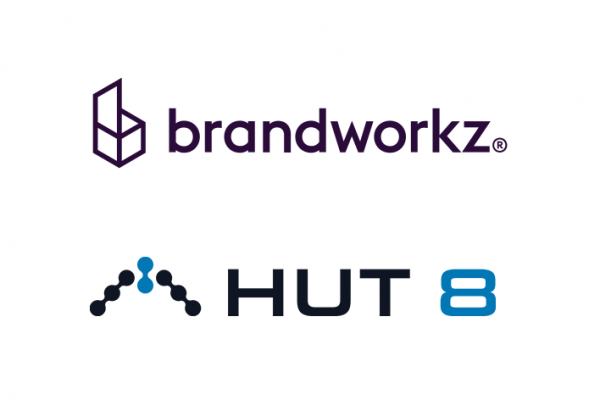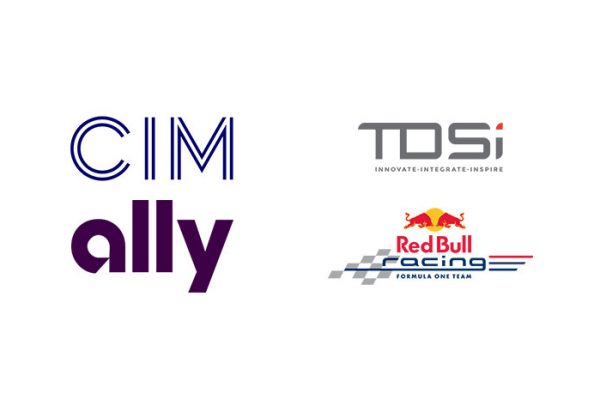Just imagine, for a moment, this fictional scenario. You are paying for presents in your local John Lewis store this festive season and the member of staff serving you, a Partner, is loudly rubbishing the company’s eagerly awaited Christmas television ad. You’d probably feel a little disconcerted; regardless of the ad itself, you’re a loyal customer and you expect to experience a sense of loyalty within.
This gap, or disconnection between consumer expectation and experience, is what tests our decision-making process when we are buying goods and services in B2B or B2C. It’s only when our interactions are consistent with our expectations, that our brand perceptions and allegiance are positively reinforced. Just the idea that an organization’s employees don’t share our understanding or regard for a brand, is enough to leave us feeling unconvinced, or worse, that we’re somehow being duped.
The brands that get it right are the ones that align their staff across departments, behind a common goal and set of values. They are the ones that clearly communicate from the top-down, what the company stands for and how each employee contributes to the realization of that promise. Because an engaged and empowered workforce is a business’s best asset; a living manifestation of the brand spirit, tangible at every touchpoint.
However, research commissioned by agency Omobono suggests that many businesses lack the necessary mechanisms and the cultural mindset to make internal team alignment happen successfully.
Moreover, at the heart of Omobono’s findings is the revelation that the Marketing department is struggling to maintain its responsibility for managing the brand. In a drastic shift, branding accountability is being dispersed across teams. According to the research, HR is now the second most influential voice when it comes to defining what a company stands for, with 75% of employees believing the department contributes to the overall profile of the brand.
At a time when customer experience is everything, internal team alignment has never been more vital. So what can organizations do to avoid problems on the inside impacting negatively on the outside?
Businesses must clarify departmental responsibility
It doesn’t take much to imagine how much harder it will be for brands to communicate consistently if HR takes on internal branding and departmental alignment, and Marketing is left to deal with external customer communications only. Marketing needs to reclaim its role as the guardian of the brand’s promise, look and feel, and story both internally and externally. It’s not possible to protect the essence of the brand from differing departmental priorities and objectives if more than one team is responsible.
Yet at the same time the HR/Marketing relationship must be recognized, by both, as symbiotic. The reality is that Marketing needs HR to educate new employees about the brand from the get go, from recruitment advertising through initiation. And HR needs Marketing to be the digital experts and brand advisors within the organization, and to be at the core of the communications drive.
With clarity of responsibility, easier, more constructive cooperation between teams can take place, and as the Omobono results reveal there’s plenty of room for improvement. When asked to measure, out of 5, how well the two collaborate, Marketing gave the relationship a 3.3; HR just 3.0. While this paints a fragmented picture of the workplace, it’s also a potential opportunity for forward-looking businesses. If done right, aligning HR and Marketing could serve as a blueprint for a more effective interface between Marketing and other teams, such as Sales and Customer Service – even the C-Suite.
By uniting teams, there’s a greater chance that brand, and all it stands for, will be effectively embedded and, as a result, consistently communicated across the business. Education leads to motivation: a set of values everyone can understand and get behind. And the good news is, at Brandworkz, we know how enthusiastic people are to get it right.
Aligned teams equal empowered individuals
In a recent webinar, Brandworkz teamed up with the Chartered Institute of Marketing (CIM) to talk about the role brand management technology can play in the delivery of consistent brand experience for customers. During the presentation, a client whose brand guidelines cover positioning, brand promise, and visual identity, explained how pleasantly surprised they’d been to find their guidelines had been among the top assets downloaded. Digital brand hubs are as much about empowering employees with the information, clarity and tools to represent their brand in the right way as they are about storing and creating marketing materials.
We know employees welcome the opportunity to better understand their brand. They told us this in a survey we ran with CIM. So we’re left asking: what if the key to a successful business is in identifying the information and tools individuals need to do their jobs more easily and effectively. What if KPIs included internal team alignment and collaboration?
We understand and measure brand awareness. But measuring how well the brand is truly understood by employees is rarely, if ever, valued to the same extent. Nor are the resultant benefits for business, including consistent and positive customer experience.
People power
Every day organizations look to increase efficiency and the bottom line, but it seems, for many, the benefits of a truly cohesive workforce remain largely untapped.
Achieving internal team alignment is dependent on organizations finding smarter, more integrated ways of working; promoting collaboration instead of territorialism – particularly between Marketing and HR; and embedding brand education across the business. Only then can individuals really get behind the brand they represent, in a meaningful and enduring way. And a truly aligned workplace is far more powerful than the sum of its component parts.
As we look toward a new year and new beginnings, fixing fragmentation in the workplace and taking time to recognise the positive consequences for customer experience, is probably the most compelling change that can be made in any business.






